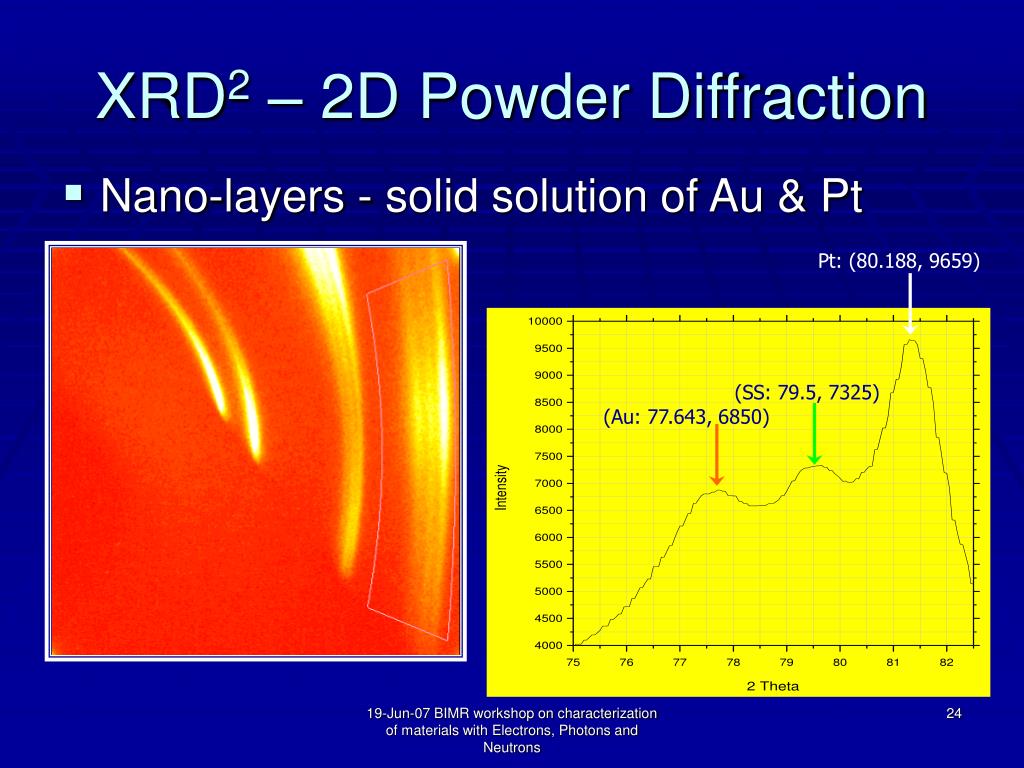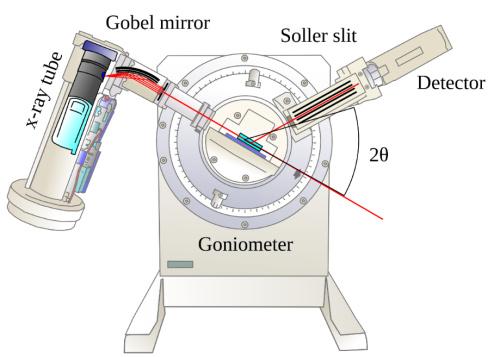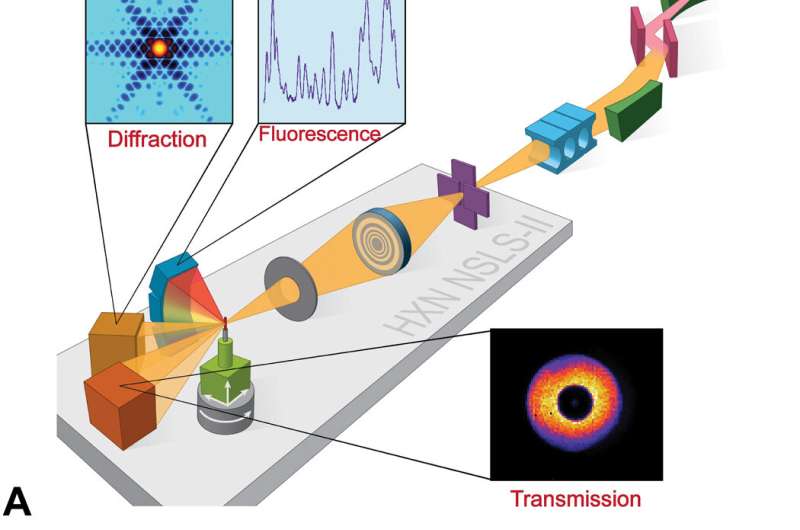X- Ray Difraction Presentation
| Introduction to X-Ray Diffraction | ||
|---|---|---|
| X-ray diffraction is a powerful technique used to study the structure of materials. It is based on the principle that when X-rays interact with a material, they are diffracted or scattered in different directions. X-ray diffraction allows us to determine the atomic or molecular arrangement within a crystal or a material. | ||
| 1 | ||
| Basic Principles of X-Ray Diffraction | ||
|---|---|---|
| X-rays are electromagnetic waves with high energy and short wavelength. When X-rays interact with a crystal, they undergo constructive and destructive interference due to the arrangement of atoms or molecules in the crystal lattice. The resulting diffraction pattern can be captured on a detector and analyzed to determine the crystal structure. | ||
| 2 | ||
| Bragg's Law | ||
|---|---|---|
| Bragg's Law is a fundamental equation in X-ray diffraction. It relates the angle of incidence (θ) of X-rays on a crystal, the spacing between crystal planes (d), and the wavelength of the X-rays (λ). The equation is given by nλ = 2d sin(θ), where n is an integer representing the order of diffraction. | ||
| 3 | ||
| X-Ray Diffraction Techniques | ||
|---|---|---|
| There are two main types of X-ray diffraction techniques: powder diffraction and single crystal diffraction. Powder diffraction is used for polycrystalline materials, where X-rays interact with a random assortment of crystal orientations. Single crystal diffraction is used for single crystals, where X-rays interact with a well-defined crystal orientation. | ||
| 4 | ||
| Applications of X-Ray Diffraction | ||
|---|---|---|
| X-ray diffraction is widely used in materials science to determine crystal structures of metals, ceramics, and polymers. It is used in pharmaceutical industry to analyze the crystal structure of drugs and understand their behavior. X-ray diffraction is also used in geology to study the composition and structure of minerals in rocks. | ||
| 5 | ||
| X-Ray Diffraction Instruments | ||
|---|---|---|
| X-ray diffraction instruments consist of an X-ray source, a sample holder, and a detector. The X-ray source emits X-rays with a specific wavelength and energy. The sample holder positions the sample in the X-ray beam, and the detector captures the diffracted X-rays. | ||
| 6 | ||
| Limitations of X-Ray Diffraction | ||
|---|---|---|
| X-ray diffraction requires a crystalline sample, which limits its applicability to amorphous or non-crystalline materials. It can be challenging to obtain high-quality single crystals for single crystal diffraction. X-ray diffraction provides information about the average crystal structure, but not about the arrangement of defects or impurities within the crystal. | ||
| 7 | ||
| Recent Advances in X-Ray Diffraction | ||
|---|---|---|
| Advances in X-ray sources, such as synchrotrons, have allowed for higher intensity and tunable X-ray beams, enabling more detailed studies. Combination of X-ray diffraction with other techniques, such as spectroscopy and microscopy, provides comprehensive structural information. Advances in data analysis and computational tools have improved the accuracy and efficiency of crystal structure determination. | ||
| 8 | ||
| Conclusion | ||
|---|---|---|
| X-ray diffraction is a vital tool for understanding the atomic and molecular structure of materials. It has numerous applications in various fields, including materials science, pharmaceuticals, and geology. Recent advances in X-ray diffraction techniques and instruments have further enhanced its capabilities. | ||
| 9 | ||
| Questions? | ||
|---|---|---|
| Thank you for your attention! Now, I am happy to answer any questions you may have about X-ray diffraction. Your second bullet Your third bullet | ||
| 10 | ||









